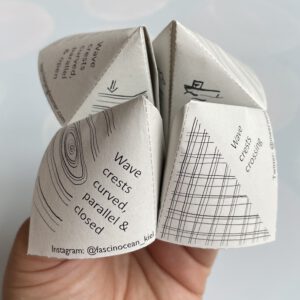
Operationalising and assessing sustainability competencies (some ideas from Wiek et al. (2016) and Redman et al. (2020))
- assessment
- authentic assessment
- key competencies for sustainability
- learning outcomes
- teaching for sustainability
We put a lot of effort into teaching for sustainability, but whether or not we are actually successful in doing so remains unclear until we figure out a way to…

